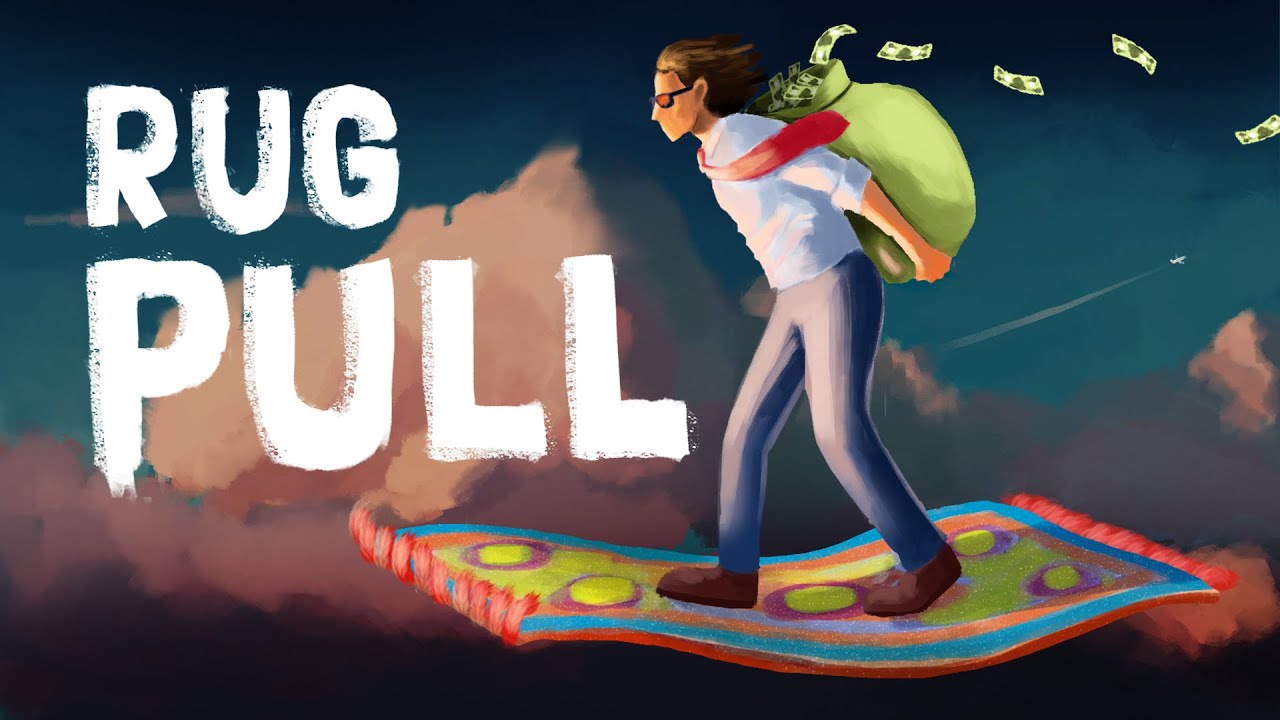Rug pulls are the cancer of the crypto industry. The name comes from the phrase ‘to pull the rug out from under someone’ – or to withdraw support unexpectedly. And that is precisely what is happening in the case of rug pull – developers abandon the project they were building, remove all the liquidity from the protocol they built and sell all the protocol assets (tokens) they have.
Rug pulls are generally associated with a decentralised finance ecosystem, as there are no centralised entities to control or report to about the activities the team conducts. There are various ways a team can scam its users or investors out of funds.
Rug pull through a token listing

Typically, malicious individuals use a simple road – they create a worthless token and list it on a decentralised exchange by pairing it with a popular cryptoasset (usually, Ethereum). Then, they promote a token in various crypto communities, with a promise of product development, high returns and lucrative yields. Some go further: marketing campaigns, influencers or offering tokens through IDO (initial decentralised offering).
It usually ends all the same – once there is enough hype, the liquidity is withdrawn and all tokens are sold on DEX (decentralised exchange), and scammers run with the money.
Rug pull through a protocol
Some scammers go a long way to pull a rug on users – they create a fork of a popular protocol but with a new token in place. Such forks are usually promoted as better versions of the original, with lucrative yields and high returns if you are to provide liquidity. But again, once enough funds are locked in the smart contracts – they simply withdraw them, leaving investors high and dry.
How to spot a rug pull
While they might sound frightening and turn you away from dealing with cryptocurrencies, there are tell signs that can help you avoid rug pulls. Here is a shortlist to check against:
- Social media and chats – with genuine project comes genuine community. See discussion themes, ask questions, interac with other members – and if you are deleted, muted or banned, exercise caution.
- Research the project history and team background. Was the project created overnight? Is there no information about team whatsover? You might be looking at a rug pull attempt.
- Token distribution. The simplest red flag there is when majority of tokens are concentrated in a hands of a few.
- Liquidity. Check the liquidity pools on exchanges, lowe liquidity gives way to price manipulation and pump and dump schemes.You should also check liqidity in the protocol itself – are you in control of your deposit? Can you withdraw at any time?
- Security audit & practices. Was the protocol audited? Is audit report available for everyone to check and verify that any bugs found were fixed? Another point would be security practices the protocol uses – risk management tools like Apostro, automated testing through Tenderly, etc. Ask questions and seek answers!
Following these checklist will help you reduce the risks of falling victim to a rug pull. And remember, if it looks too good to be true, it probably is.

